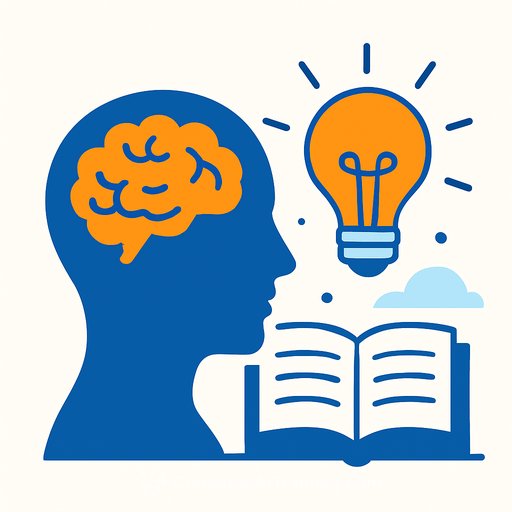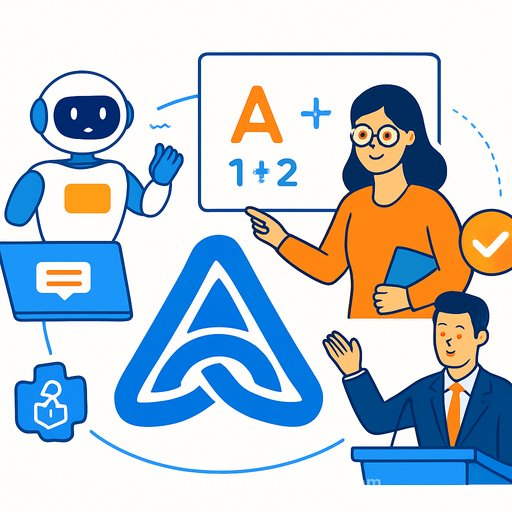AI Won't Give American Students the Education They Need - Focus on the Basics First
The basics matter. Districts that remove distractions - especially phones - are seeing better attention and calmer classrooms. That should be our starting point.
At the same time, a fresh wave of hype is pushing AI tutors, automated lesson plans, and student "certifications" as a fix for everything. We've heard this pitch before with low-cost laptops and "personalized learning." The promises were big. The results weren't.
We've Tried the Hype Cycle
Billions went into devices and platforms. Test scores sank, college readiness dropped, and teachers spent more time acting as IT support than instructing. Students drifted to YouTube and social feeds during class time. That isn't innovation. It's distraction at scale.
What the Evidence Actually Suggests
Excessive screen time correlates with weaker outcomes. Early studies hint that heavy reliance on generative tools can dull critical thinking and writing over time. With children, the long-term effects are still unclear - and that should move us toward caution, not speed.
There is a middle ground. Analyses of international assessments have found that limited computer use (about an hour or less) can coincide with better math outcomes, and more time flips the gains into losses. See the OECD's work on digital use and performance: Students, Computers and Learning. Phone bans have also been linked to higher test scores, especially for lower-achieving students: Ill Communication: Technology, Distraction & Student Performance (LSE).
Principles for Responsible AI Use in K-12
- Protect attention first. Lock phones. Close unnecessary screens. Keep whole-class instruction sacred. Use computers as a station, not the whole classroom.
- Keep AI short, targeted, and teacher-led. Focus on specific use cases (step-by-step hints in math, grammar feedback, retrieval practice) for older students. Cap sessions. Prioritize paper, discussion, and mental math elsewhere.
- Require independent evidence before buying. Don't accept vendor case studies as proof. Look for third-party evaluations, pre-registered studies, or district-run pilots with clear outcome measures.
- Set clear academic integrity rules. Define when AI is allowed (brainstorming, outlining) and when it's not (final drafts, take-home quizzes). Update rubrics and consequences.
- Train staff first. Give teachers time to test tools, write guardrails, and redesign assessments. If you need structured PD options for different roles, see this catalog.
- Measure outcomes, not usage. Track effects on writing quality, problem-solving, time-on-task, and classroom climate - not logins or chat count.
A Practical Rollout Sequence
- Quarter 1: Audit screen time. Enforce a phone policy. Reopen supervised computer labs. Run staff workshops on AI basics, privacy, and assessment design.
- Quarter 2: Pilot 1-2 AI tools in grades 9-12. Limit to short sessions. Predefine success metrics (writing samples, math error rates, engagement). Get parent consent.
- Quarter 3: Compare pilots to control classes. If there's no clear gain, stop. If there is, scale slowly with the same guardrails.
- Every month: Hold a tech-free day. Add more live discussion, handwriting, and mental math. Kids report they're happier - and teachers notice deeper focus.
Procurement and Data Guardrails
- Student data: No training on student content. Clear retention limits. FERPA/COPPA compliance. SOC 2 or equivalent.
- Total cost: Include devices, bandwidth, support, teacher time, and replacements - not just licenses.
- Reliability: Uptime guarantees, offline plans, and rapid support response times.
- Equity: Non-screen alternatives for every digital task. Printed materials and offline pathways.
- Exit clause: Contracts should allow cancellation if outcomes don't improve within a defined window.
- Accessibility: WCAG compliance, screen reader support, multilingual options.
What to Prioritize Right Now
- Excellent teaching. Coaching, time to plan, and proven curricula beat any tool.
- High standards and clear assessment. Frequent checks for understanding. Honest feedback. Accountability that supports growth.
- Core skills. Strong reading, writing, and math habits built with practice - not prompts.
AI may find its place in education, but it won't fix weak fundamentals. Keep attention high, instruction human, and technology on a short leash. If outcomes improve, expand thoughtfully. If not, cut losses and return time to what matters most: eye-to-eye teaching and real learning.
Your membership also unlocks:




